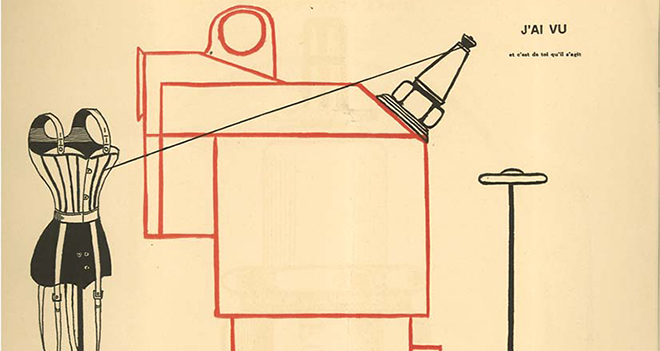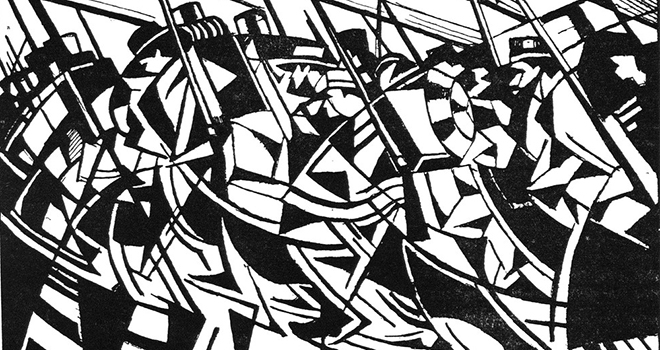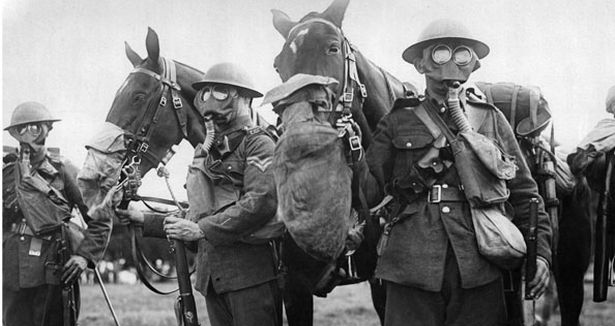The Sun Also Rises reminds me somewhat of the film La Dolce Vita, in which Marcello Mastroianni's character, a journalist with ambitions of being a serious literary writer, drifts through Rome across seven days and nights, drinking, hanging with the rich and famous, trying to sleep with various women, to fill an inner emptiness. In this respect he is rather like Jake Barnes drifting through Pamplona, seeking sensation, although Marcello is somewhat more corrupt than Jake, the product, in Fellini's view, of a decadent, glittering modern lifestyle rather than the victim of a tragic and traumatic war. But the film, which famously opens with a statue of Christ being carried toward the Vatican by a helicopter, and ends (perhaps a touch too obviously) with a grotesquely monstrous fish washing up on a beach, makes us always aware that it is taking place in the so-called Eternal City, and that the glamorously vacant lifestyle it depicts is at odds with the ostensible codes of Roman Catholicism. Instead, it suggests a kinship with the more sexually liberated, bacchanal, pagan, and "decadent" Ancient Rome which perhaps remains hidden in the bones of the city. Something similar is taking place in The Sun Also Rises, I believe. Jake visits the church, but is unable to pray with conviction. Far more potent in the world of the novel are the ritualistic power of wine (present in Catholicism, but of course, but the drinking in The Sun Also Rises always suggests a bacchanal, not a Eucharist) and of the bulls, whose horns are symbols of fertility. Christ seems absent from The Sun Also Rises. Instead, Dionysus and his son Priapus preside over Pamplona. The titular sun, too, is a traditional pagan symbol. But the title can of course be read as a pun on "The son also rises." So part of what the novel, and Jake, are attempting to negotiate is this space between fertility and ressurection, paganism and Catholicism.









 I just came across a
I just came across a